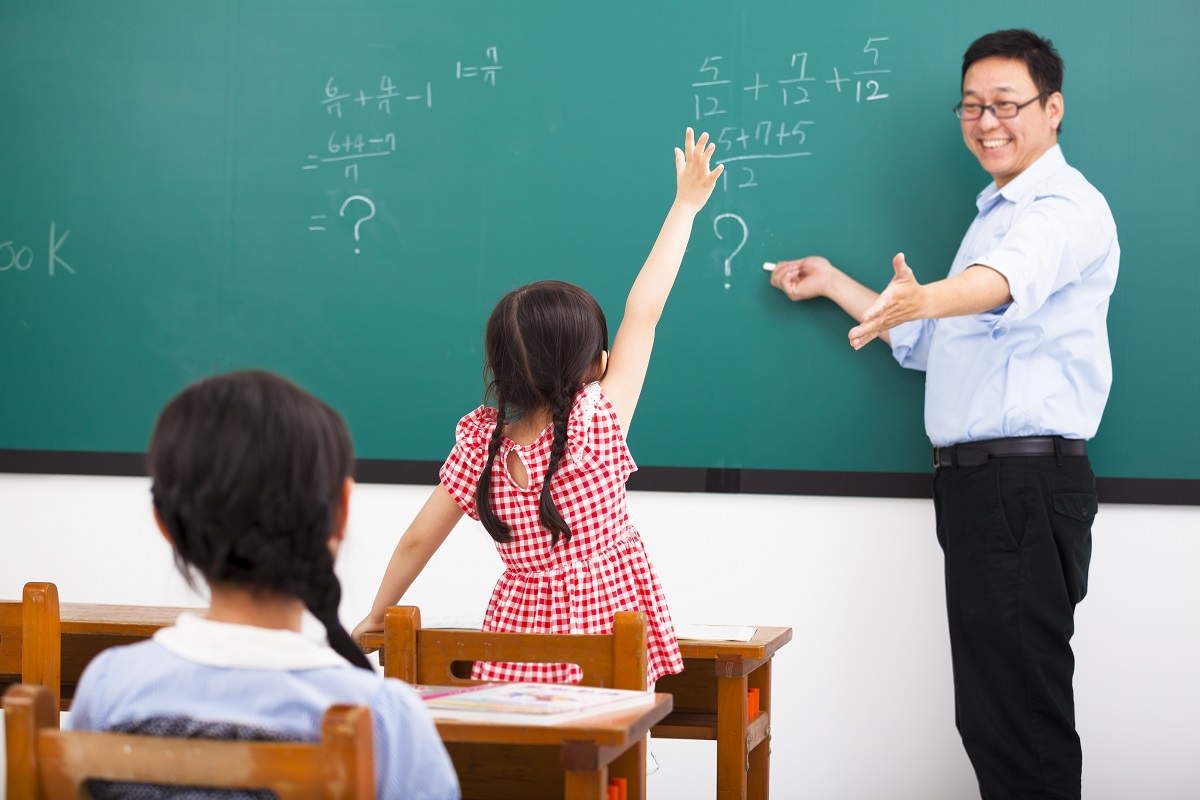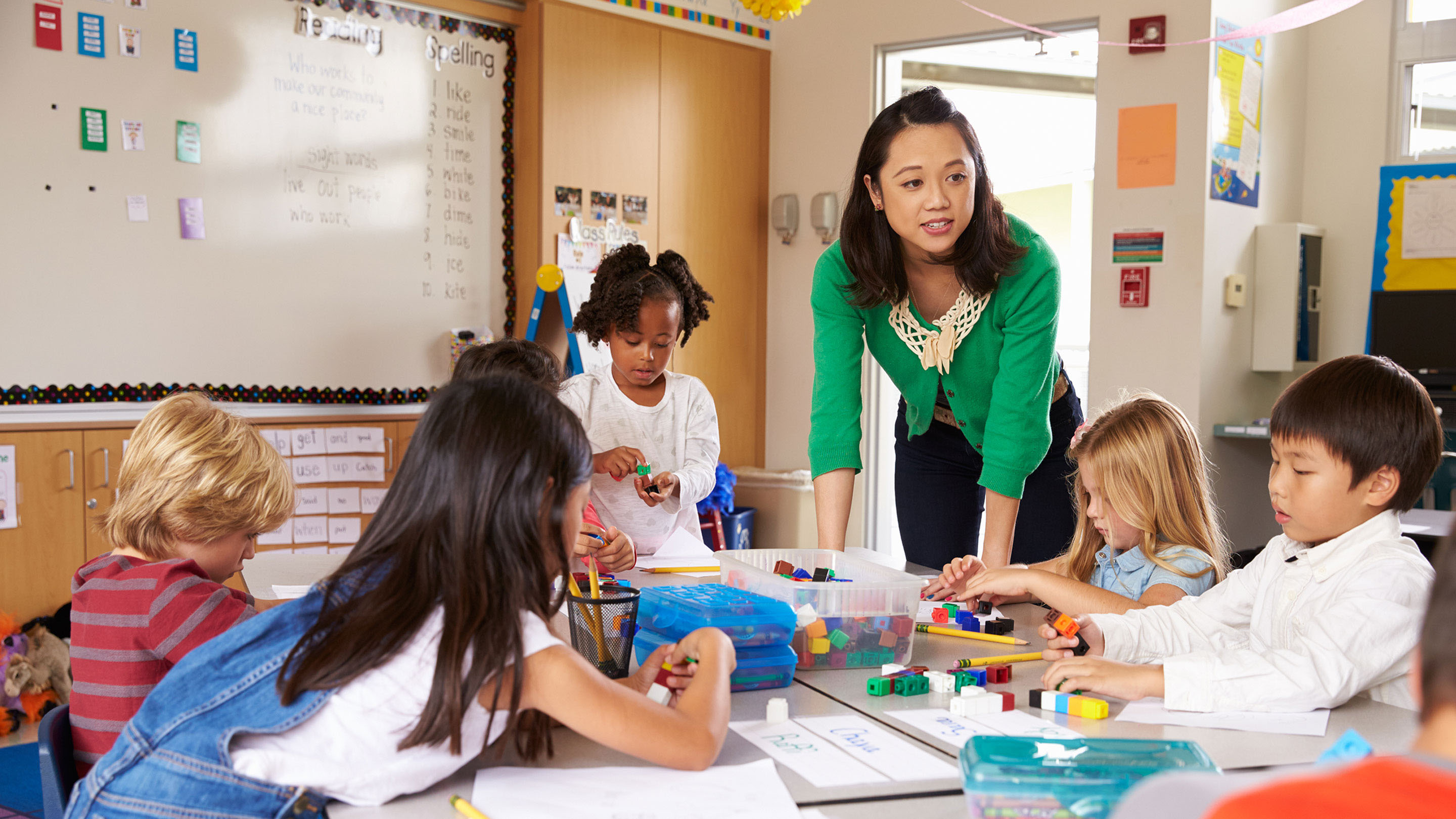Discovering the Different Training Techniques in Primary Science Education Today
Inquiry-based learning, hands-on experiments, and the combination of technology are redefining just how teachers engage young minds. In addition, collective methods and separated direction are being used to cater to the diverse requirements of students, improving both involvement and understanding.
Inquiry-Based Discovering
Inquiry-Based Knowing (IBL) is an instructional approach that urges students to check out clinical ideas via doubting, examination, and hands-on experimentation. This approach highlights the duty of students as active participants in their discovering, advertising vital reasoning and analytical skills. By engaging with real-world concerns, trainees come to be determined and curious, which improves their understanding of clinical concepts.
In IBL, educators function as facilitators, leading trainees as they navigate their questions instead of providing details straight. This student-centered approach enables distinction, accommodating different discovering styles and speeds. Students create abilities in creating theories, creating experiments, and analyzing data, which are critical for scientific literacy.
Furthermore, IBL promotes cooperation amongst pupils, urging them to share ideas and searchings for. This collective query advertises social skills and a sense of neighborhood within the class. In addition, the process of inquiry urges resilience, as students discover to embrace failure as a tipping rock toward understanding.
Hands-On Experiments
Hands-on experiments are an important component of reliable science education and learning, enhancing the principles of inquiry-based understanding. These experiments enable students to involve straight with scientific concepts, cultivating a deeper understanding via experiential knowing. By adjusting materials and observing outcomes, young students can grasp abstract concepts in tangible methods.
Such tasks promote critical thinking and analytic skills, as trainees assume results, conduct experiments, and assess results. This procedure motivates them to ask concerns, refine their understanding, and develop a clinical attitude. Hands-on experiments can be customized to varied knowing designs, ensuring that all trainees have the chance to involve meaningfully with the content.
Additionally, hands-on experiments frequently urge collaboration among peers, promoting team effort and interaction skills. Operating in teams enables trainees to share ideas, review findings, and gain from one an additional, which enhances their total instructional experience.
Incorporating hands-on experiments right into the key scientific research educational program not only improves the discovering atmosphere yet also cultivates a lifelong interest in science. By actively joining their education, students are most likely to develop an enthusiasm for scientific query that prolongs beyond the classroom.

Innovation Assimilation
Integrating technology into primary scientific research education has come to be progressively essential in promoting pupil engagement and improving finding out outcomes. The use of electronic tools, such as interactive simulations, virtual labs, and educational software, provides pupils with possibilities to check out scientific ideas in innovative ways. These resources facilitate a deeper understanding of complex subjects by enabling learners to envision and control variables that would be not practical in a typical class setting.
Moreover, modern technology combination encourages individualized discovering experiences. Students can proceed at their own pace, taking another look at tough ideas through multimedia sources, which cater to different knowing designs. This adaptability not just sustains private growth however additionally cultivates a feeling of autonomy in learners.
Additionally, modern technology works as a bridge to real-world scientific research, connecting pupils with current study and expert payments. Access to on the internet databases and clinical journals expands pupils' point of views on clinical query and cultivates crucial assuming abilities.
Collaborative Knowing
Joint knowing plays an important duty in primary scientific research education by cultivating teamwork and interaction abilities amongst pupils. This technique motivates students to interact, share knowledge, and participate in analytic, which improves their understanding of scientific ideas. By joining group tasks, trainees learn to express their concepts, pay attention to varied perspectives, and negotiate options, every one of which are necessary skills in both real-world and scholastic contexts.

Research indicates that collective learning can lead to raised motivation and involvement in science subjects, as students find enjoyment in common experiences (primary science tuition Singapore). In addition, this from this source technique prepares students for future collaborative endeavors, outfitting them with the skills required for effective team effort in higher education and learning and expert atmospheres. Inevitably, embracing collaborative learning in main scientific research education can substantially improve the learning experience and promote a deeper understanding of scientific questions
Separated Guideline

Distinguished direction can materialize in various means, such as varying the content, processes, or products of knowing. For example, teachers may use tiered assignments that supply differing levels of complexity, enabling trainees to operate at their respective readiness levels. In addition, adaptable organizing techniques can facilitate partnership amongst students with various capabilities, promoting peer discovering.
Assessment plays a critical duty in this strategy, as it informs guideline and helps educators comprehend each trainee's special demands. Developmental evaluations, such as tests and monitorings, can direct instructors in changing their methods to improve finding out end results. primary science tuition Singapore. Eventually, by carrying out separated guideline in main science education and learning, teachers can grow a more reliable and fair knowing atmosphere, equipping all trainees to reach their complete capacity in recognizing scientific phenomena
Conclusion
In recap, the diverse training techniques in key scientific research education and learning, consisting of inquiry-based knowing, hands-on experiments, modern technology integration, collective discovering, and differentiated direction, collectively add to an extra reliable understanding atmosphere. go to these guys These methods promote critical thinking, problem-solving skills, and a much deeper comprehension of clinical ideas. By implementing these approaches, teachers can produce helpful and engaging class that attend to the different requirements of students, eventually fostering a long-lasting rate of interest in science and boosting scholastic success.
Inquiry-Based Knowing (IBL) is a pedagogical approach that urges students to explore scientific concepts with wondering about, investigation, and hands-on testing.Collective knowing plays a crucial role in key science education and learning by fostering team effort and interaction abilities among trainees.Study shows that joint learning can lead to raised inspiration and engagement in science subjects, as pupils find satisfaction in common experiences.In promoting an inclusive learning setting, set apart direction arises as a key technique to accommodate the diverse demands and capabilities of pupils in main scientific research education and learning. Eventually, by carrying out differentiated instruction in primary scientific research education and learning, instructors can grow an extra equitable and efficient understanding environment, equipping all pupils to reach their complete potential in understanding clinical sensations.